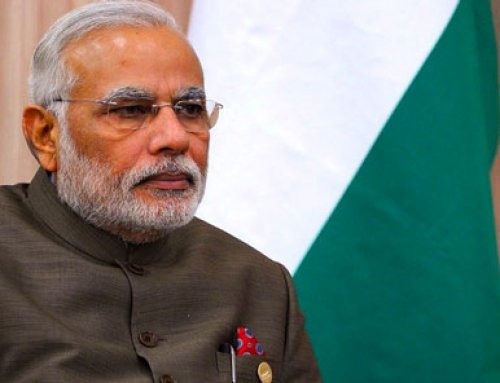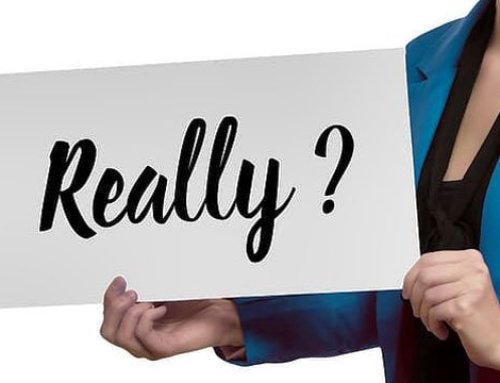Image: Quebec diamonds – Stornoway
Quebec hopes to enrich itself with its first diamond mine, Stornoway, north of Chibougamau. It may be too early to give up that hope, but we can say that it is off to a bad start. After only two years of operation, the company must be kept alive with a great deal of public funding.
The discovery of an interesting deposit of a coveted resource should be a blessing for a country. Sometimes this is not the case. This has been called the “resource curse“, which means that instead of getting rich, a country that exploits its resources sometimes ends up getting poorer.
There are many examples in the oil sector. The populations of Venezuela and Nigeria, countries rich in black gold, did not benefit from the manna. According to economists studying the phenomenon, the sequence is always the same: the exploitation of natural resources leads to sudden wealth, which pushes states to spend without thinking about tomorrow.
Most states leave it to private investors to develop the resource in exchange for a rent. When the price of the resource drops, this rent dries up. In a country that has not made provisions or used its rent to diversify its economy and prepare for the future, the economy collapses along with prices.
This is not the case in Quebec and its modest diamond deposit. It is rather a common scenario in developing countries, but even Alberta, which has allowed foreign investors to develop its oil sector, has fallen into this trap.
Oil may be the most common example of the resource curse, but there are many others among countries rich in gold, copper or other precious metals.
In the diamond sector, Botswana’s counter-example still shines like a polished gemstone. This is a small country of 2 million people that has been successfully exploiting its mining wealth since the early 1970s, with the giant among the diamond giants, De Beers, as a partner.
De Beers, with annual revenues of more than US$6 billion and 20,000 employees worldwide, has ruled the diamond industry since its inception in 1888. Its dominance is no longer absolute as it once was, but the company remains the undisputed master of this market dominated by a very small number of large companies.
If Botswana has succeeded where so many others have failed, it is first because its government became a shareholder in De Beers, in addition to receiving a rent on diamonds from its soil. It has also wisely invested this income, particularly in education – which has become the largest budget item – health and infrastructure.
Rather than enriching a small group close to power, as is too often the case, mining wealth has benefited the entire population.
Today, in their corner of the African continent, Botswanans enjoy an enviable standard of living and quality of life. Growth remains high, with a 3.9% increase in gross domestic product expected this year.
Gross domestic product per capita
(in dollars, purchasing power parity)
- Botswana: $18,583
- Mozambique: $13,327
- Namibia: $11,134
- Zimbabwe: $3024
Source: World Bank
Botswana has managed to avoid the main pitfalls that come with its mining wealth, but not all of them. Unemployment is high because mining activities do not create many jobs, and social inequalities remain glaring.
Diamonds are eternal, says the De Beers ad. That may be true, but mines are not. One day, Botswana’s rich deposits may be exhausted.
The country is trying to reduce its dependence on diamonds, which have accounted for nearly 40% of its revenues and 80% of its exports for more than 30 years.
These efforts have been unsuccessful so far, according to the International Monetary Fund, which encourages the country to develop its other strengths, agriculture and tourism. Will the Botswana “miracle” continue? And how will diamonds in Quebec fare in the future?







